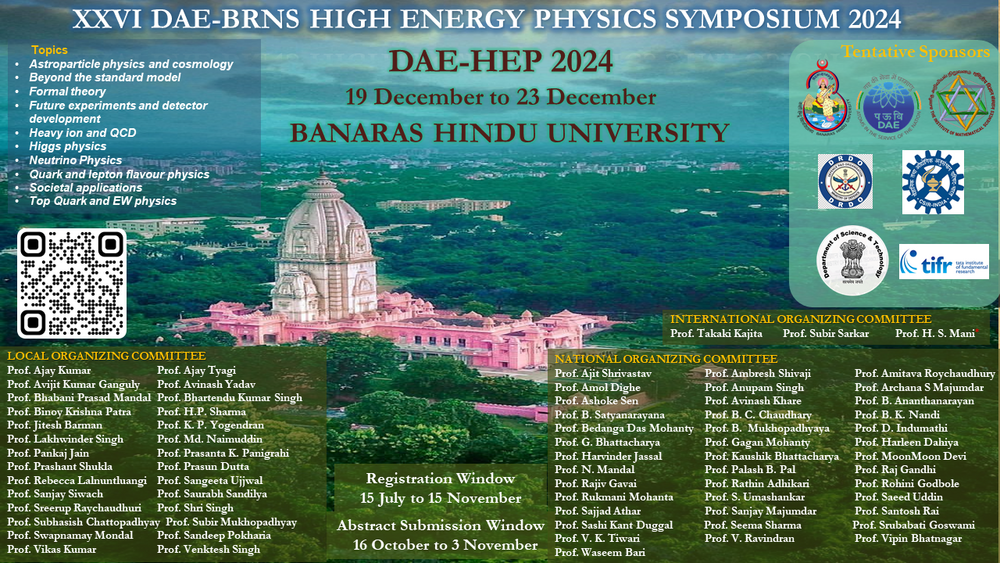Speaker
Description
The Silicon Photomultiplier (SiPM), a relatively new photo-transducer, has been developed since
the last three decades ago. Though it has many advantages over conventional photomultiplier, till now
this has not been used for the precise energy measurements in nuclear and high energy physics,
primarily due to its large intrinsic noise, particularly the correlated noise. The Hamamatsu
SiPM (S13360-2050VE) is used for a systematic study of the $(i)$ uncorrelated noise, the optically
correlated $(ii)$ prompt crosstalk, $(iii)$ Decayed cross-talk and $(iv)$ after-pulse.
The source of the last two noises also depends on the defect in the band structure
of silicon sensors, which changes the number of trapping center and life-time of the excited
state and consequently the fraction of those noises as well as its variation with the time gap.
All these noises are systematically studied as a function of ambient temperature, humidity,
number of photoelectrons, and operational overvoltage ($V_{ov}$). The variation of different types
of noises as a function of those parameters will be presented with possible explanations of those
variations.
| Field of contribution | Experiment |
|---|

